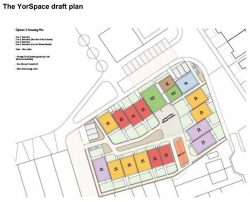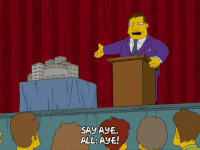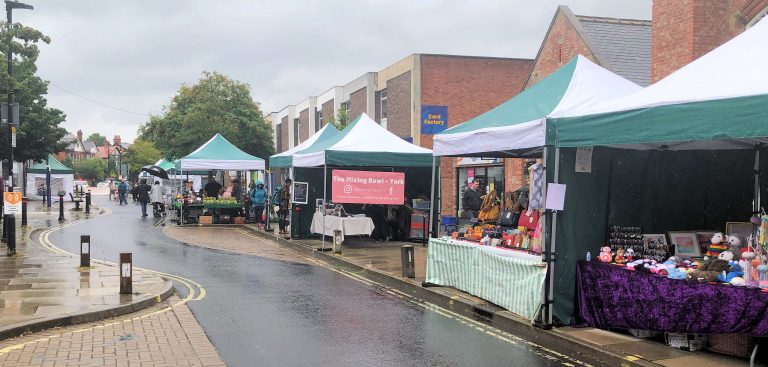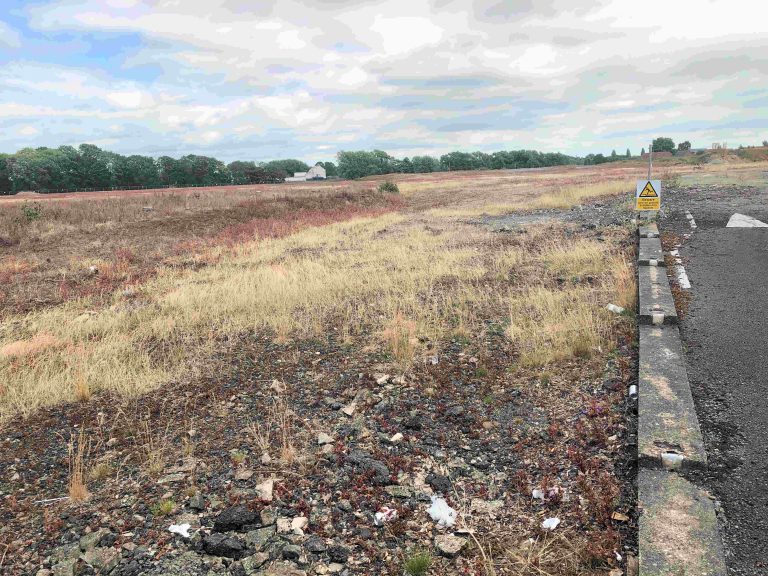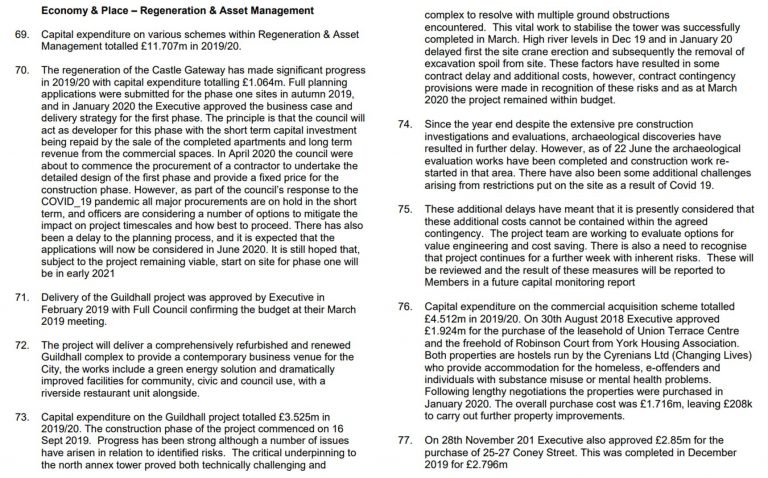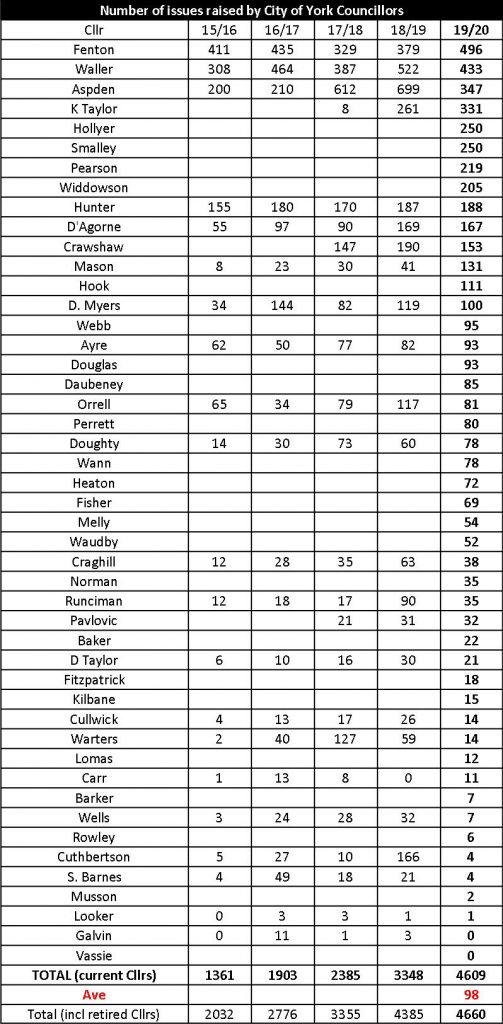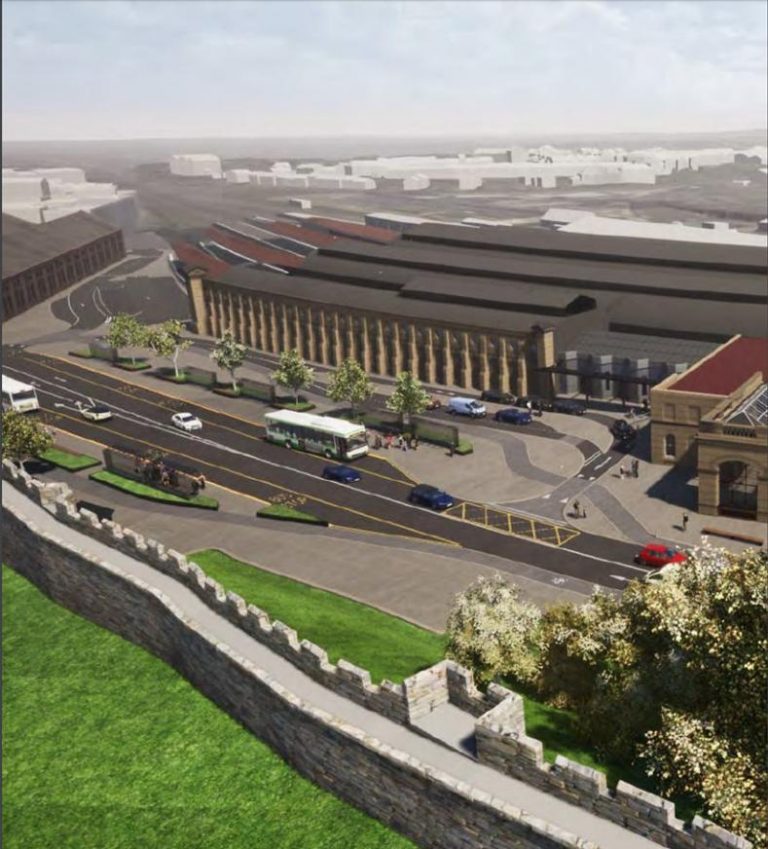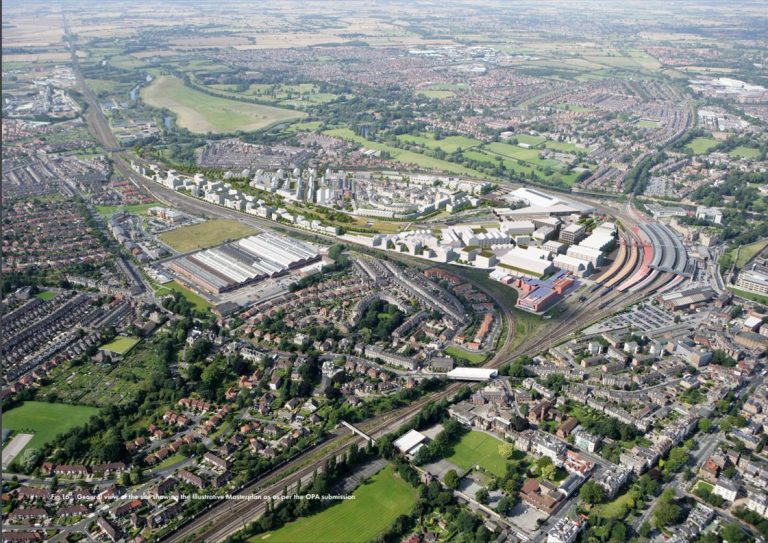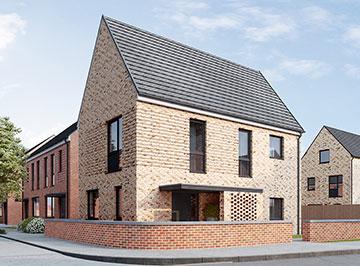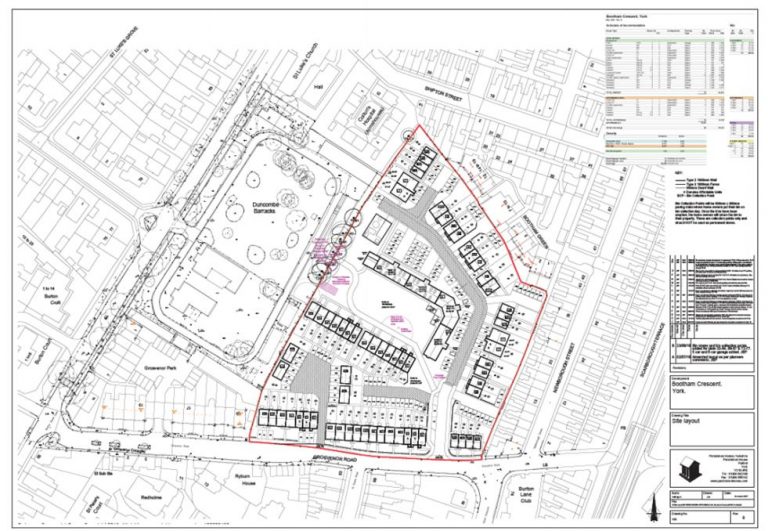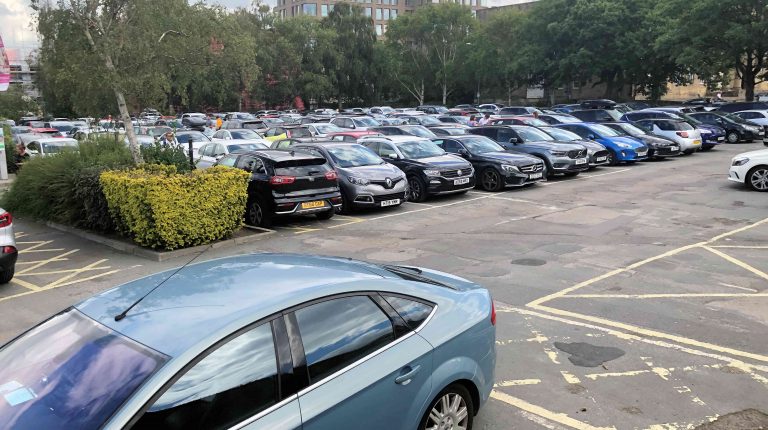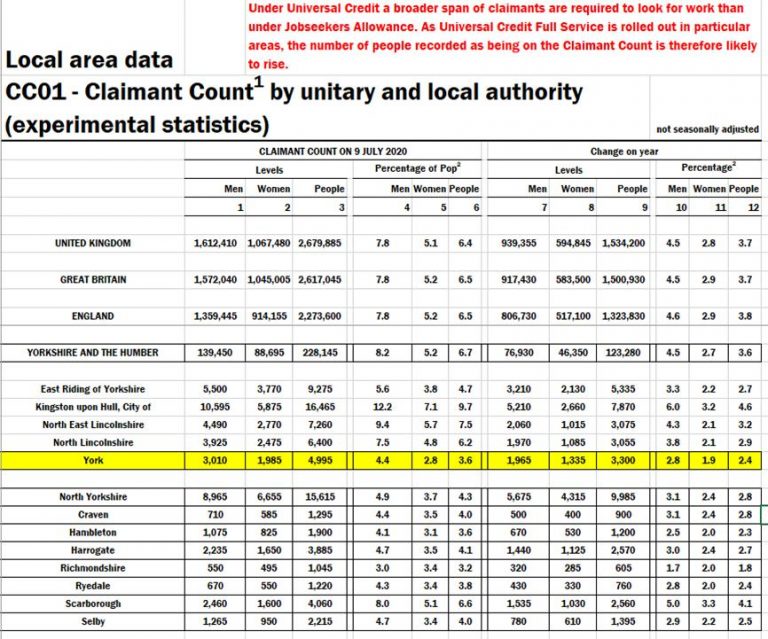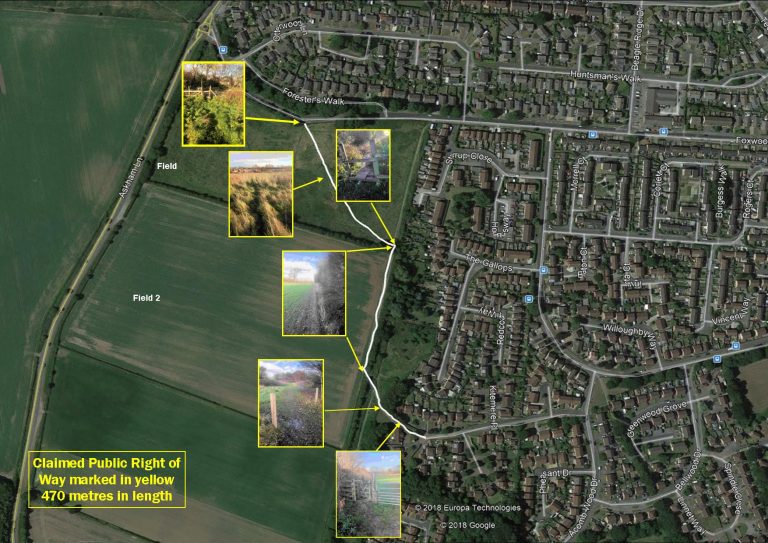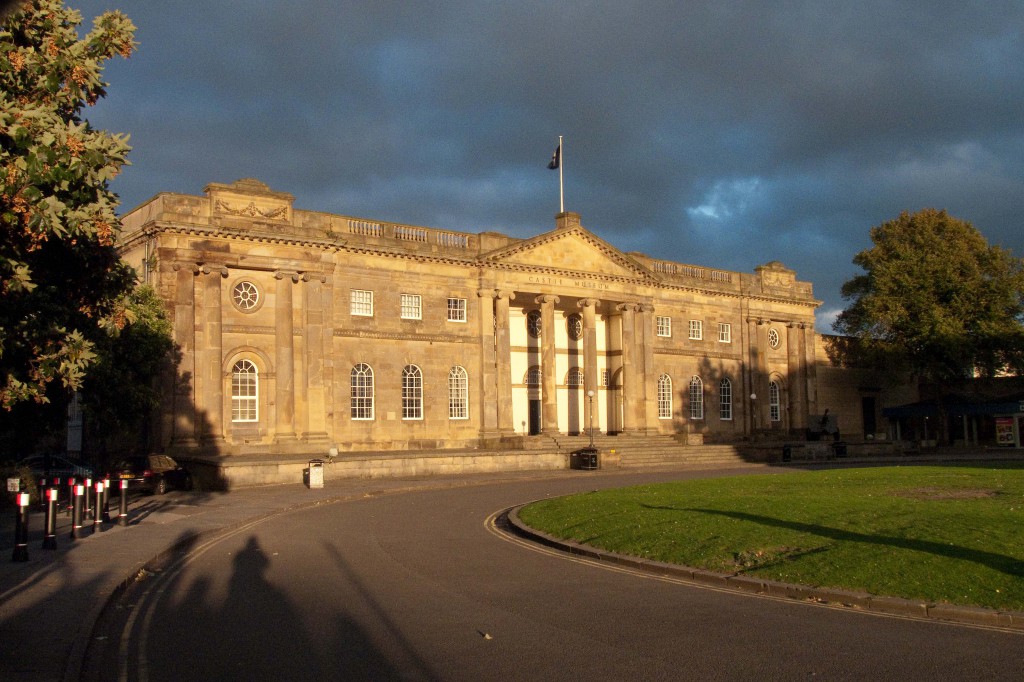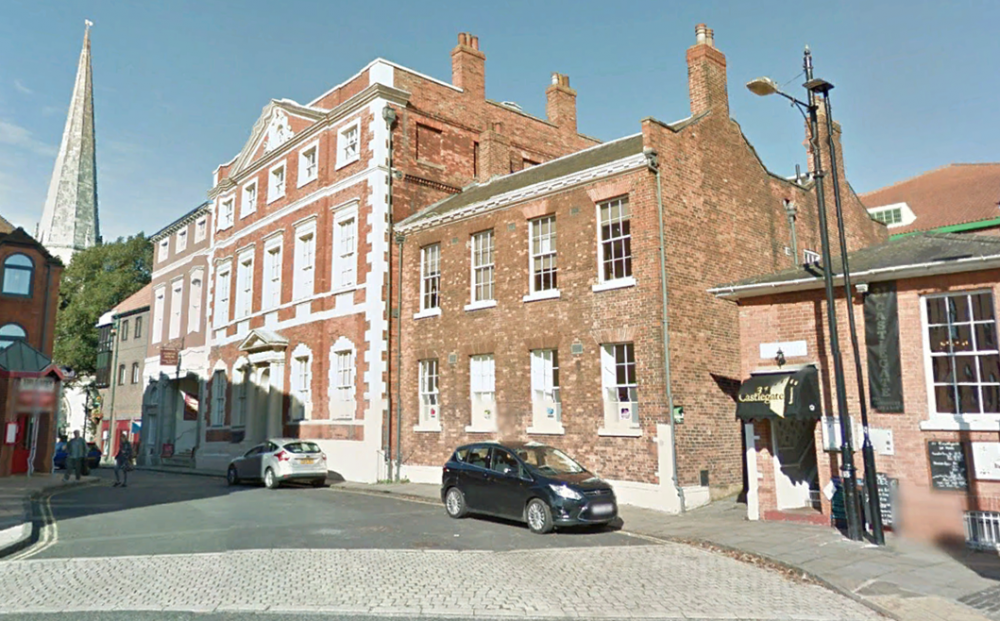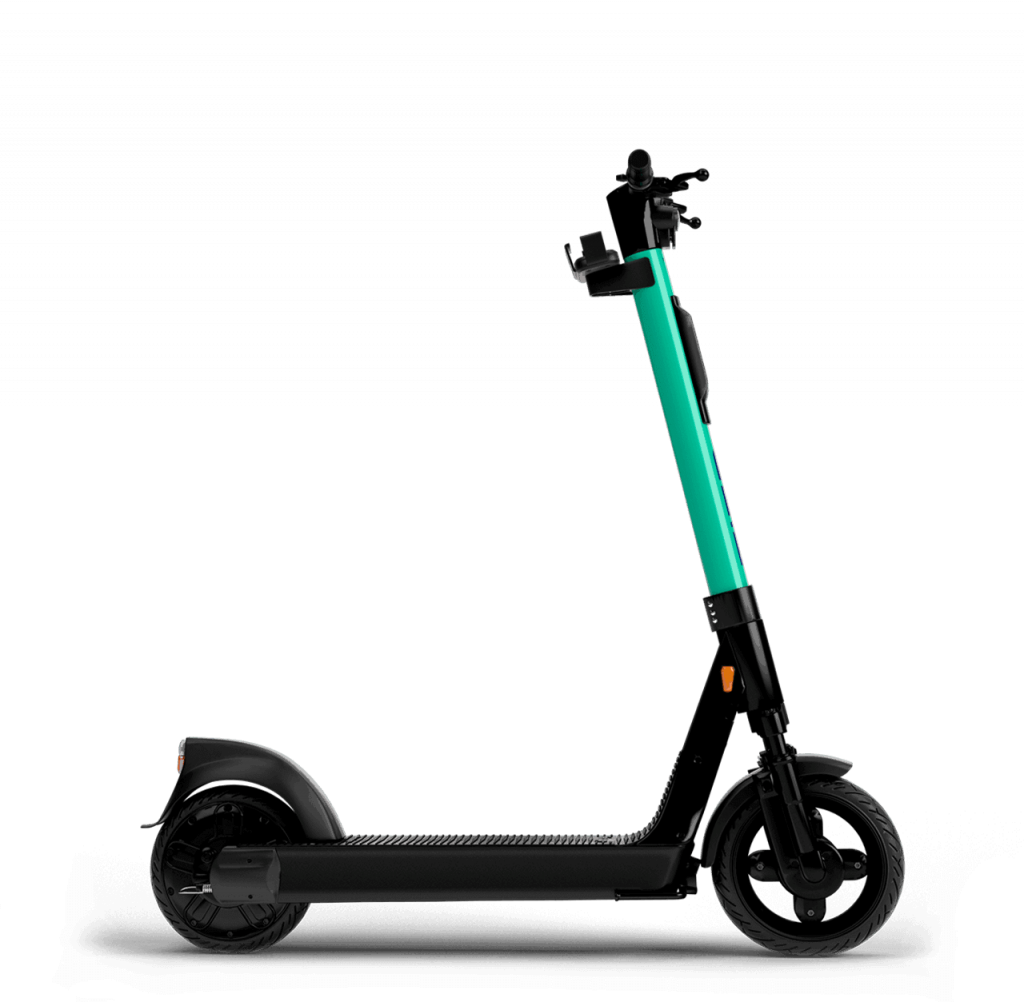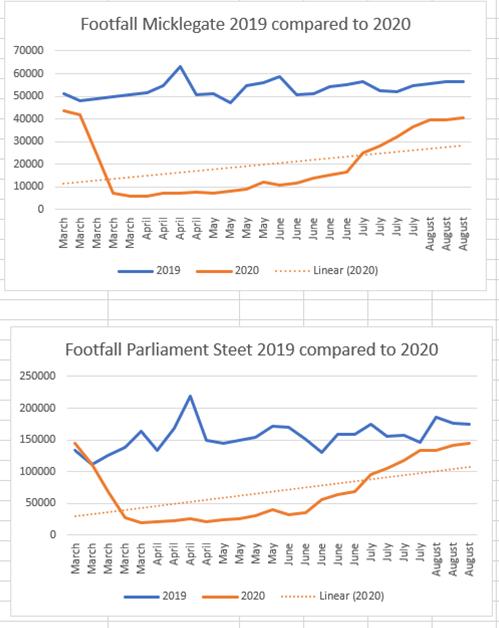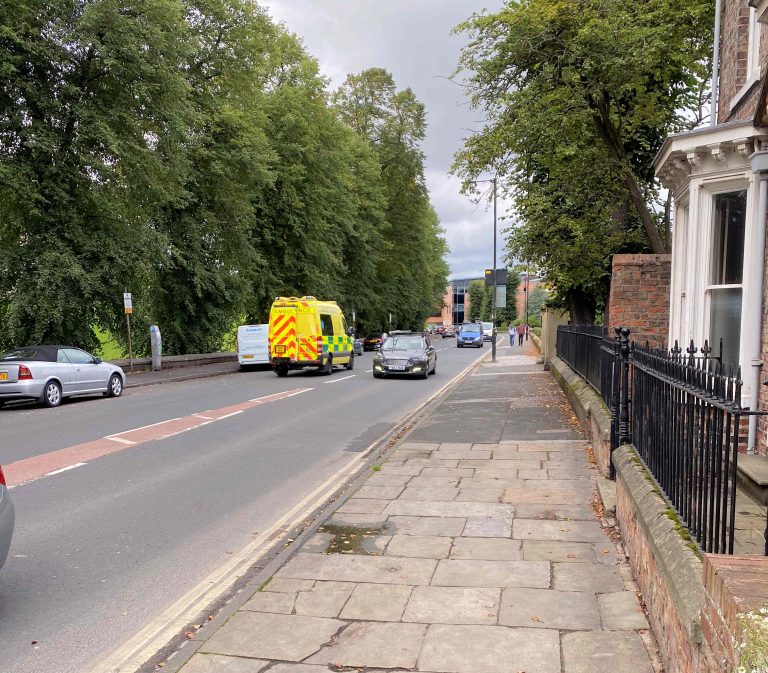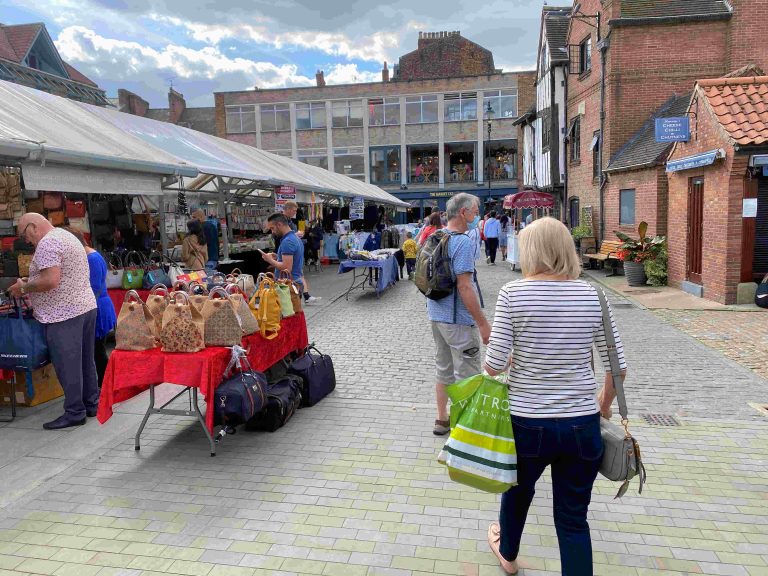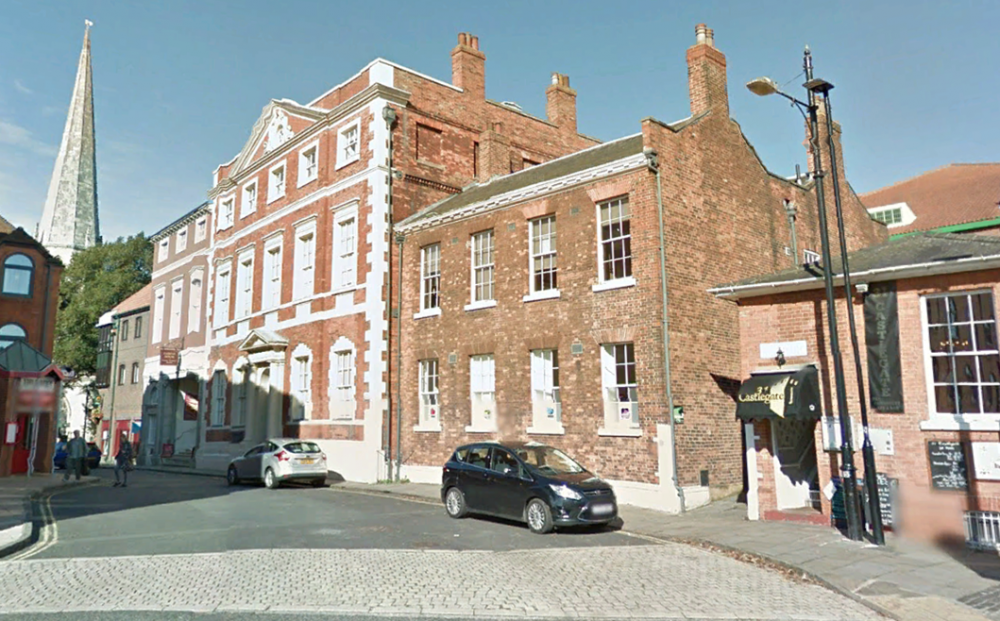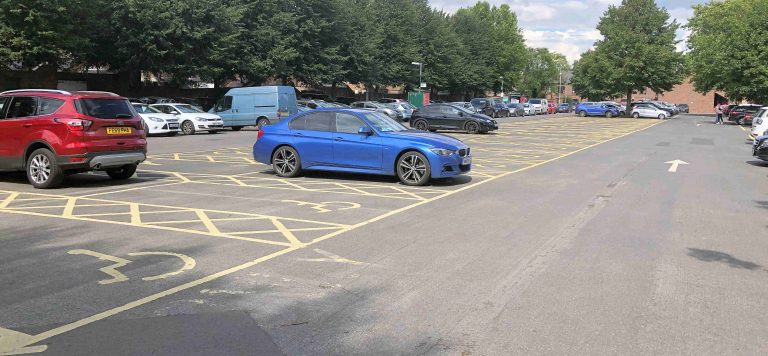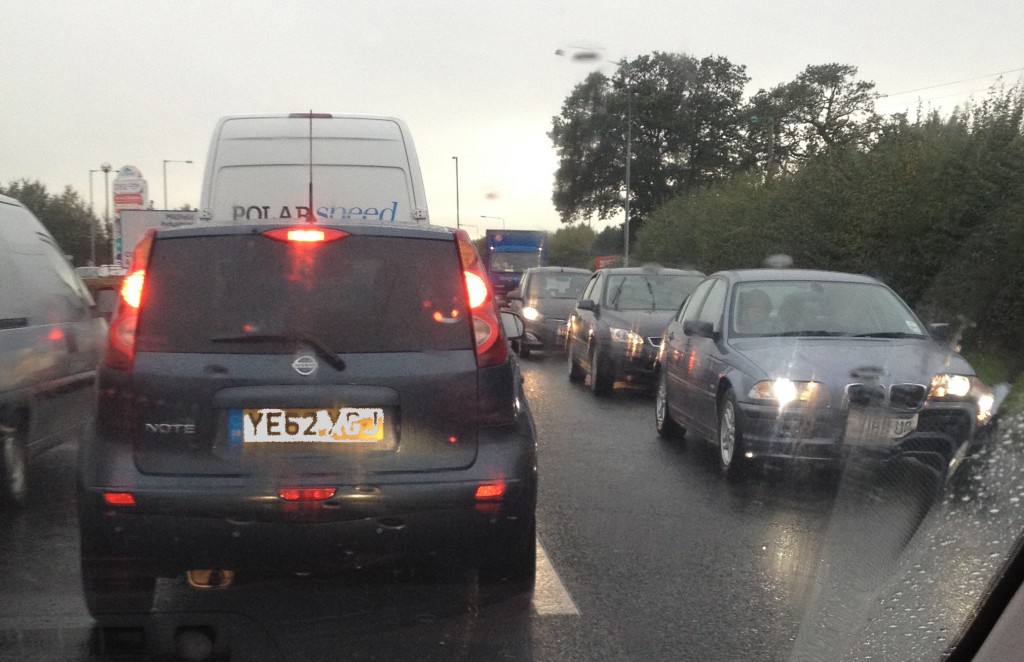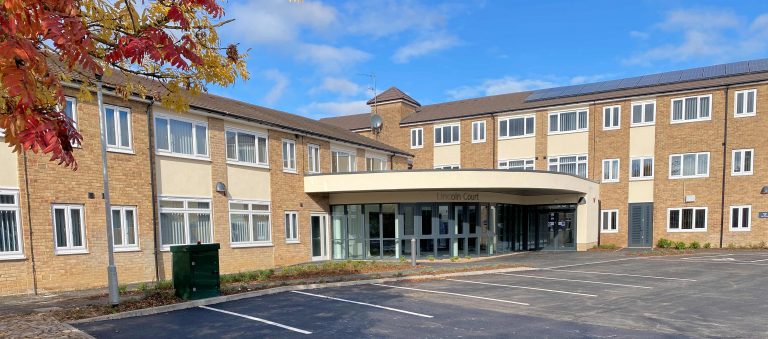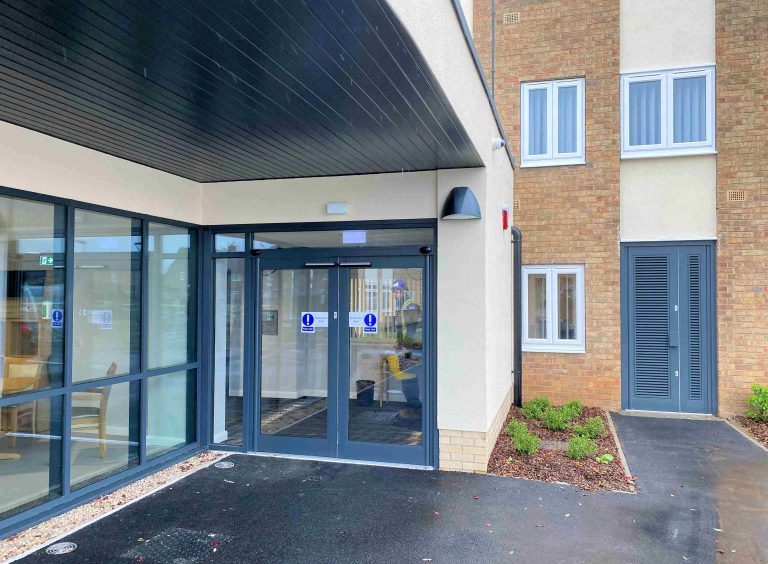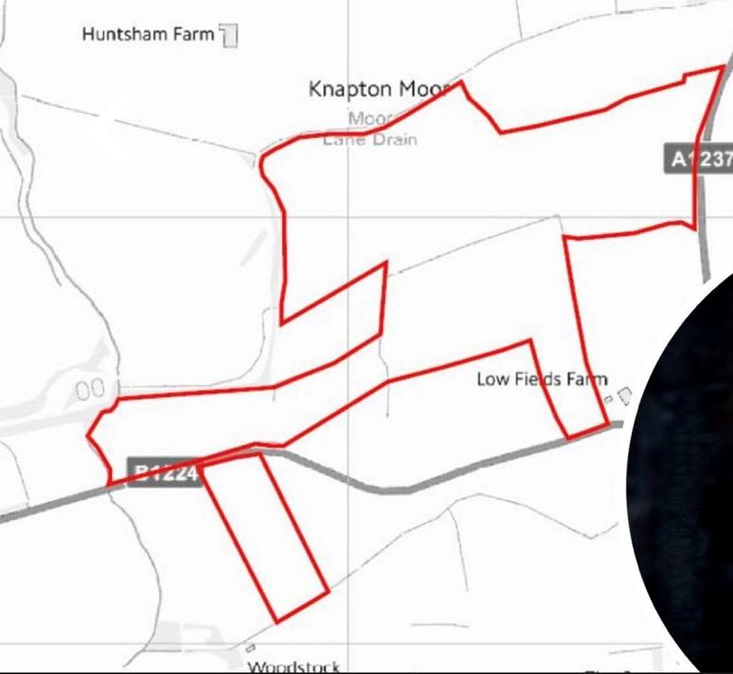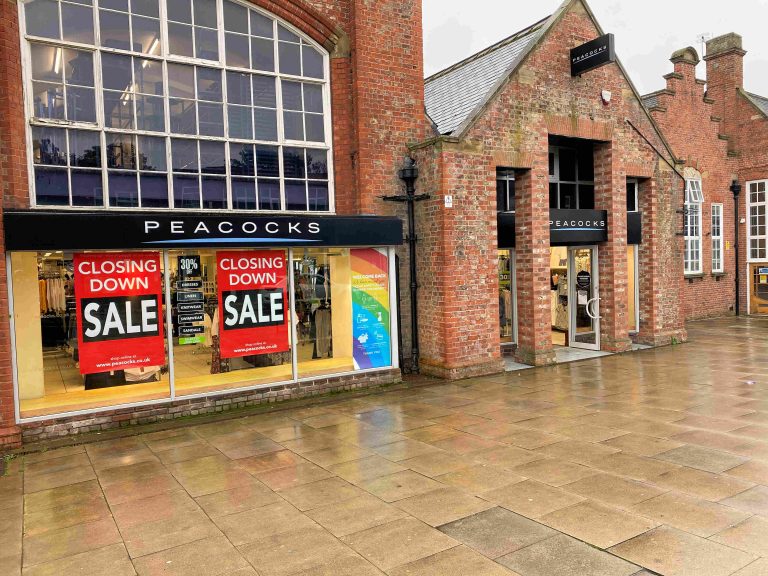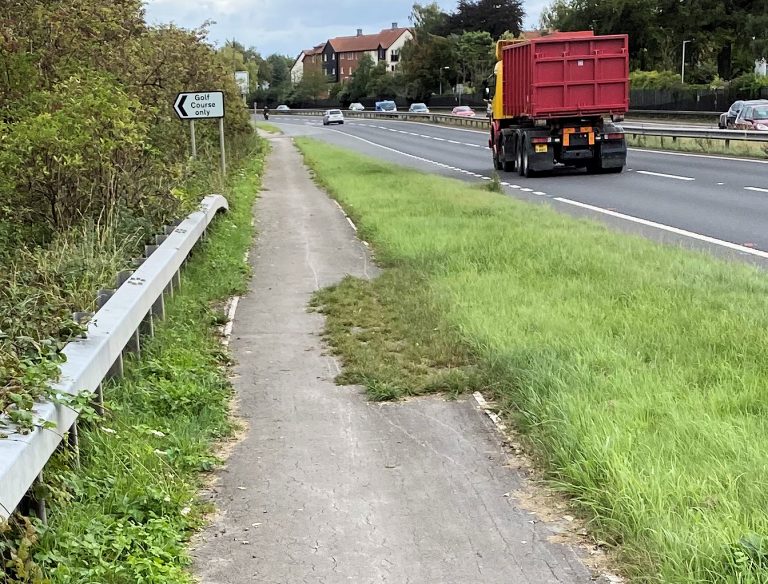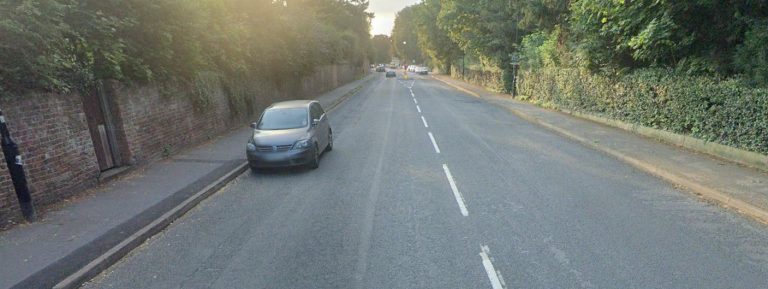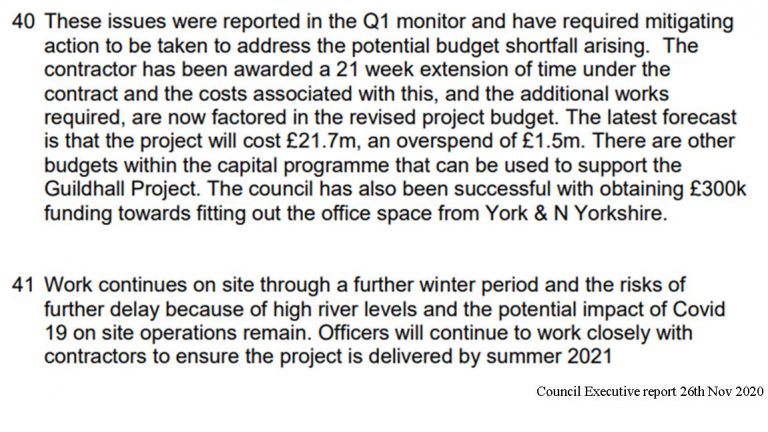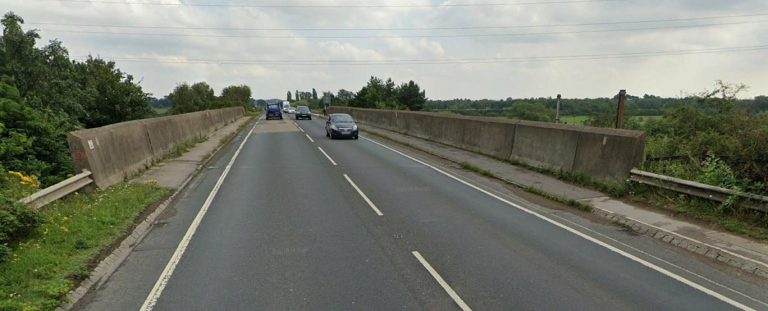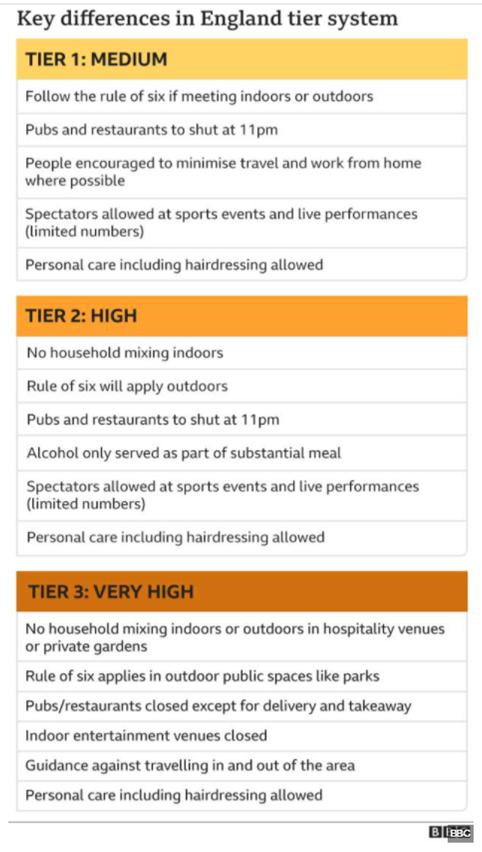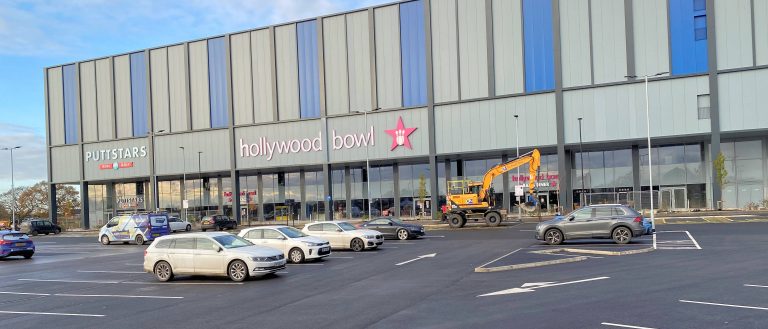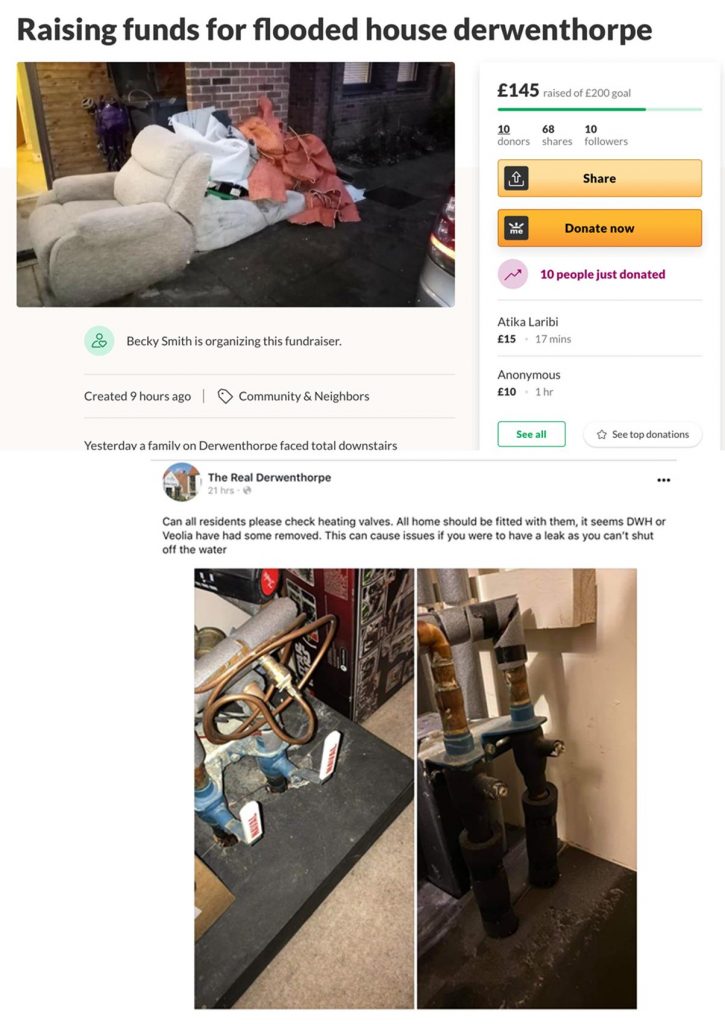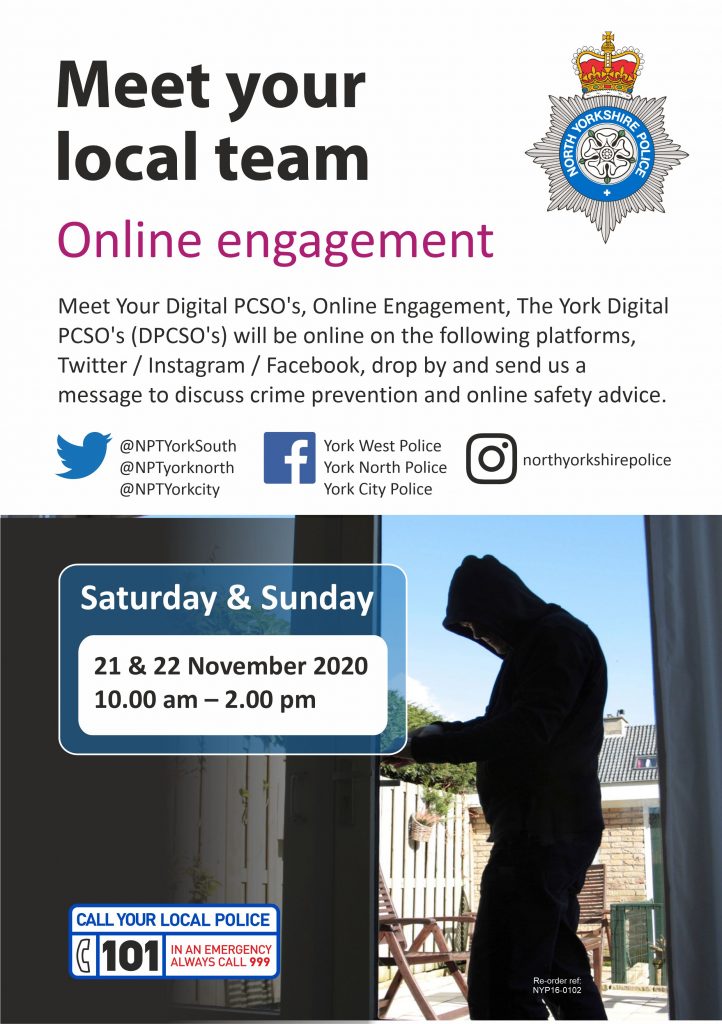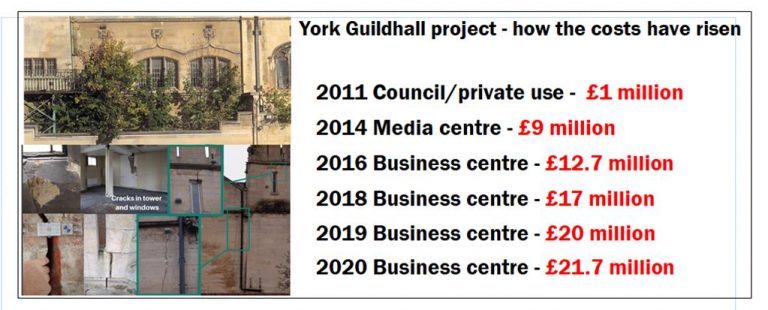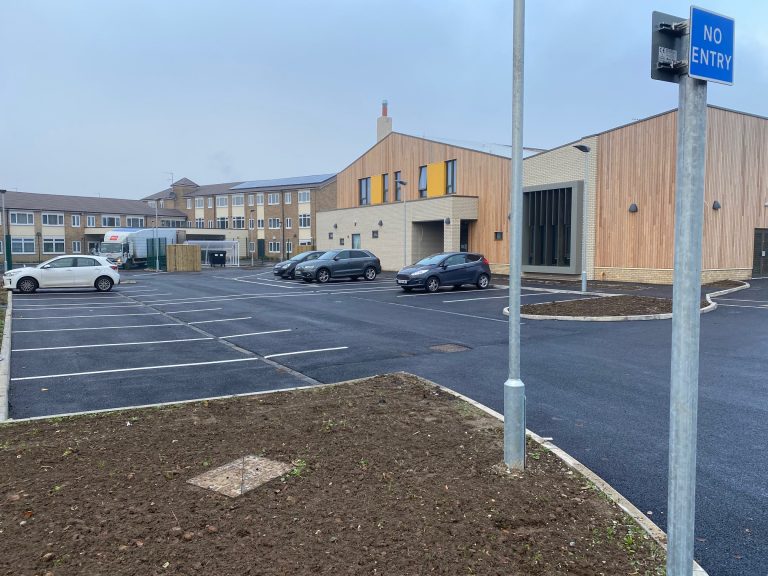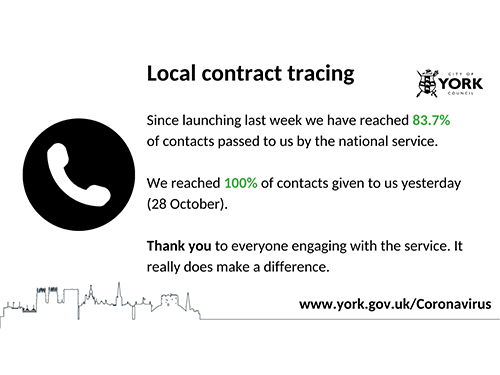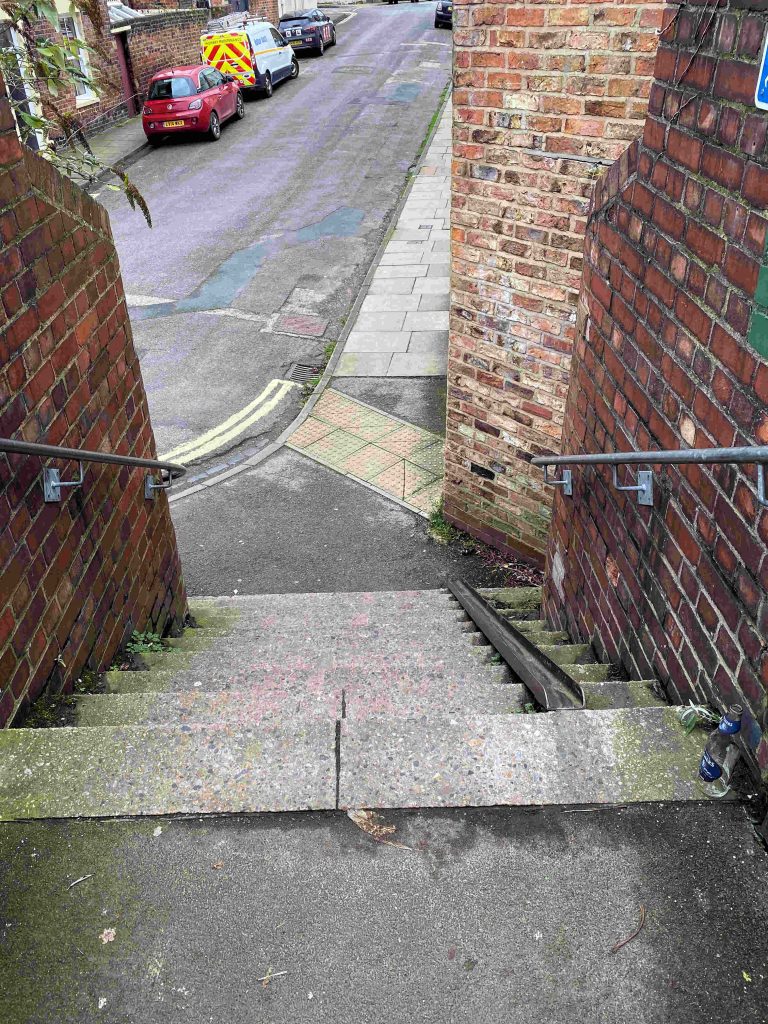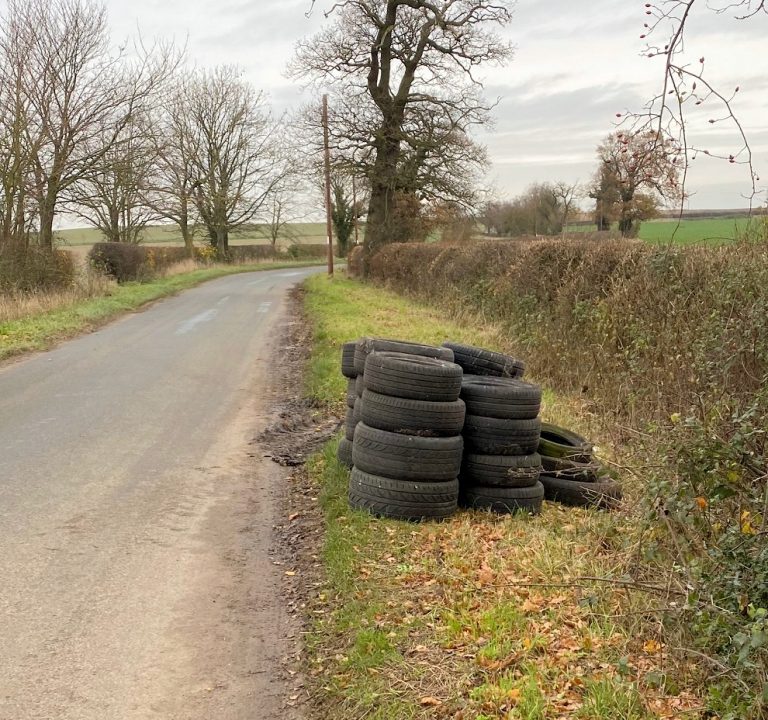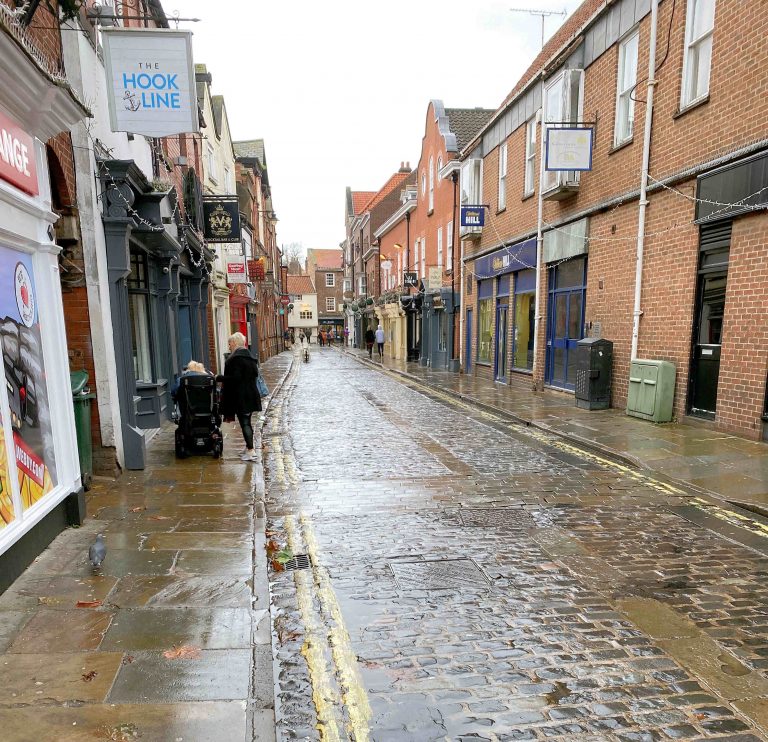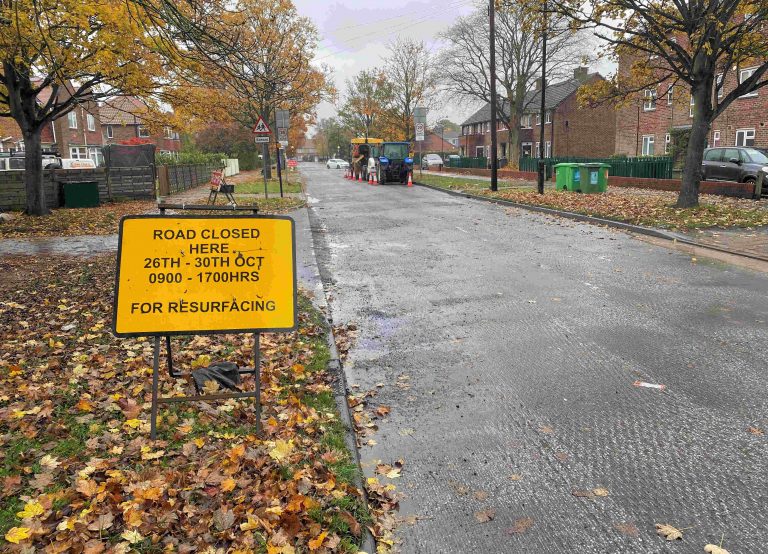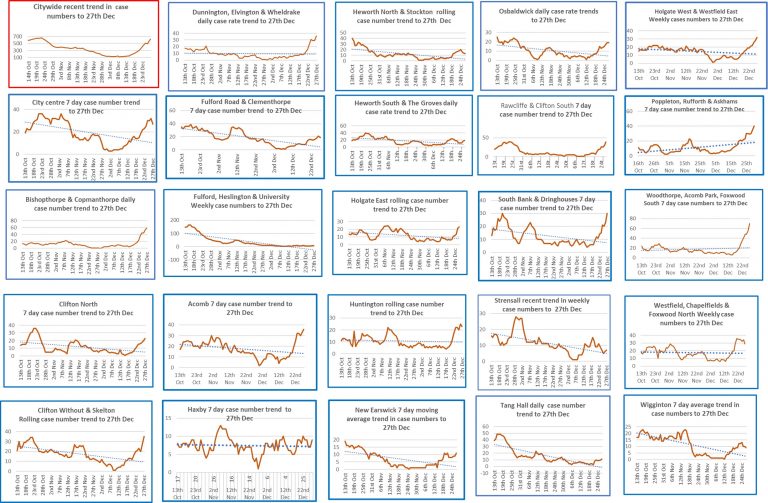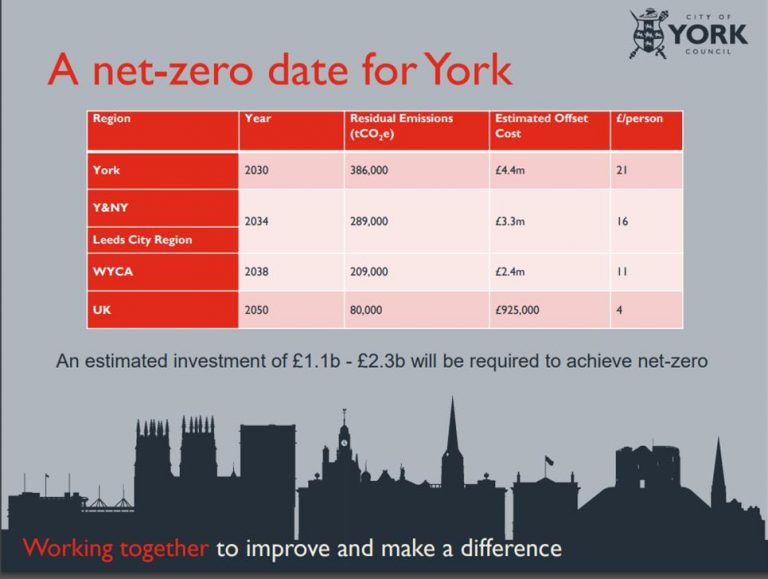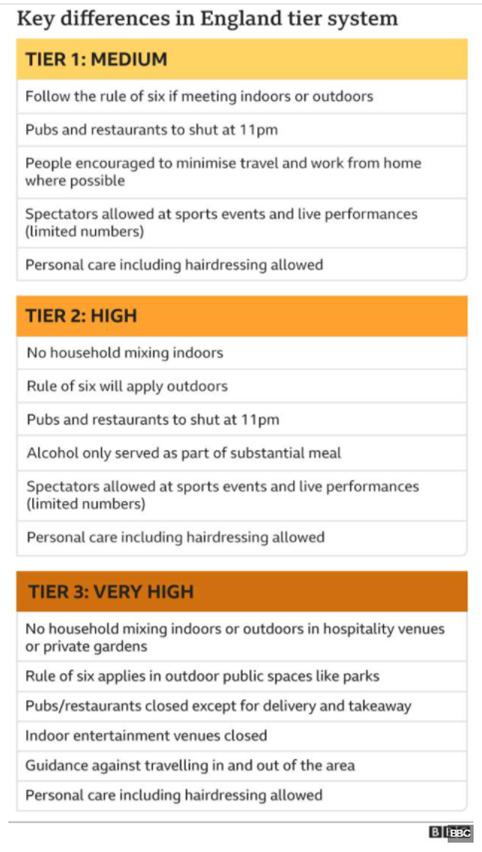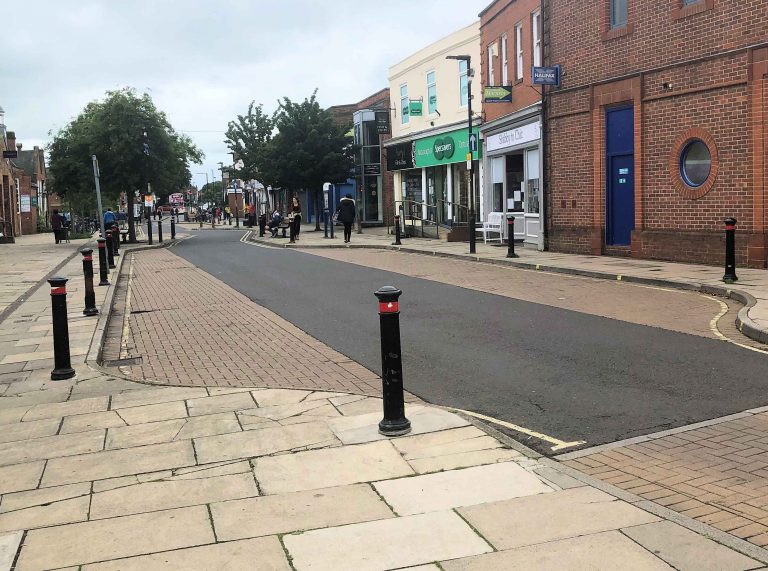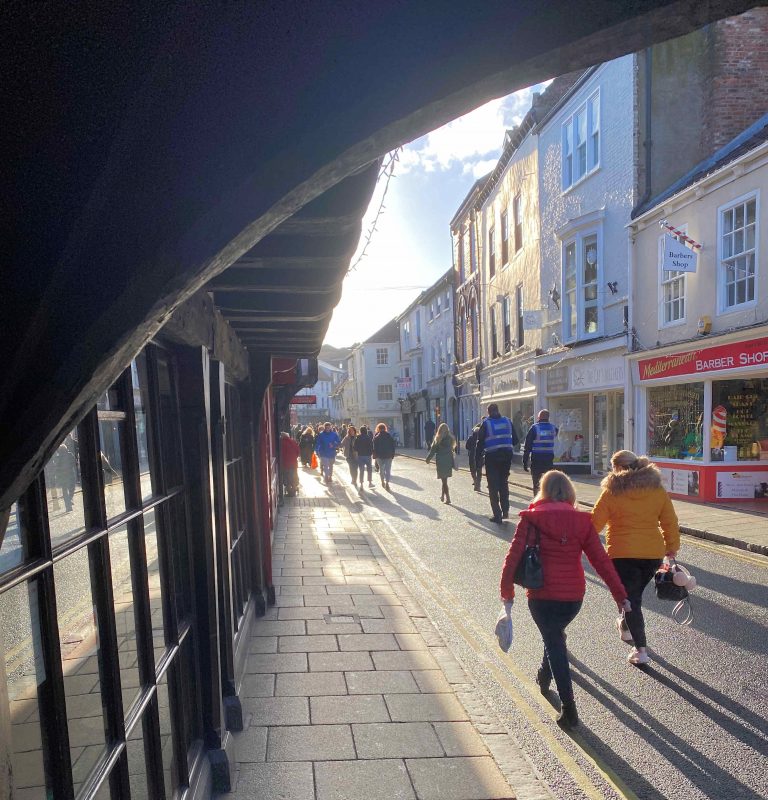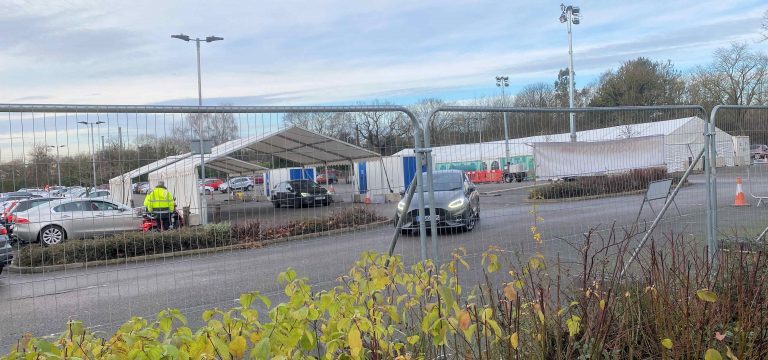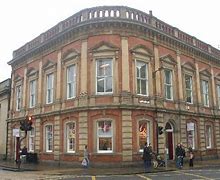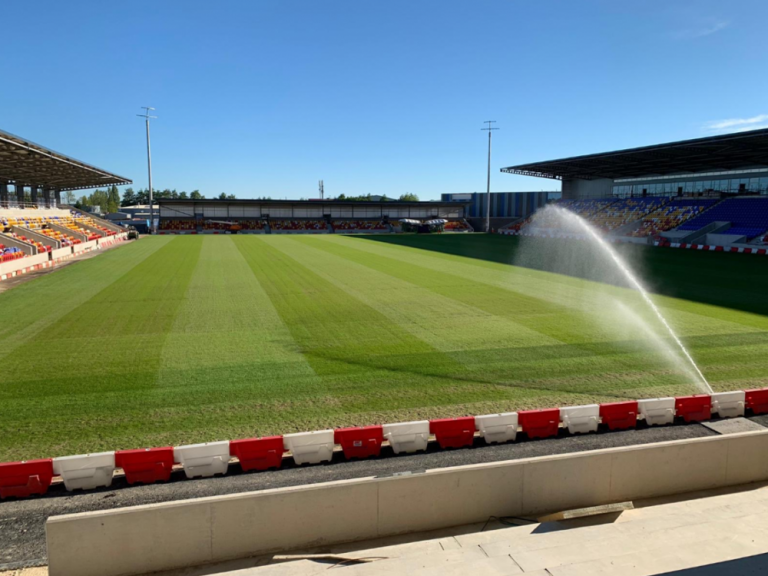July
By the 1st July the COVID infection rate in The City had dropped to 3.32 /100k head of population. It had peaked at 96.8 on 5th May. Case numbers were to remain low until September.
During the first wave of infections, 171 York residents had succumbed to the virus. Many had been care home occupants.
The government announced a £5 million budget for drainage and repair works on Tadcaster Road. Resurfacing of the road had just been completed……. Laptops were loaned to needy children allowing them to study at home……. The Council offered “two hours of free parking” in an attempt to get the City centre economy moving again. The concession didn’t apply to the main shopper car parks…… Playgrounds and libraries reopened in early July. …………..The Council had spent £354,326 on marketing and communications during the pandemic…….. Changes to footstreet hours were approved at a behind closed doors meeting – prompting further criticism about secrecy…………. It was revealed that the “Yorspace” housing commune had failed to complete the purchase of a plot allocated to them at Lowfields. By contrast adjacent sites reserved for “self builders” were being snapped up….The annual review of Councillor lodged issues was published… York was touted as a new home for the House of Lords…… A controversial plan to have a “North Yorkshire” elected Mayor was announced. This prompted months of agonising about changes to Council boundaries… The Acomb Front Street market reopened… There were continuing delays on building projects including the huge British Sugar site on Boroughbridge Road.… It was revealed that the York Council had spent £4.5 million the previous year in buying up commercial property in the City. The Councils net debts climbed to £289 million during the same period. An overspend of £1.8 million on the James House project was revealed …..The Council as forced to take emergency action to modify access arrangements on Fossgate…. Revised plans for the front of the railway station were announced.
August
By 1st August the COVID infection rate in the City had fallen to 0.29. It was to be the lowest figure that the City would since the start of the pandemic.
A 3 bed semi at the Councils Lowfields development was priced at an eye watering £295,000…. York City centre was busy with visitors. Car parks like Castle and Marygate were full. By contrast the car park at the station was virtually empty….. Planning permission was granted for a proposal to build houses on the Bootham Crescent football ground. The opening date for the replacement stadium at Monks Cross had passed with a lot of work still outstanding. It was unclear when football matches would recommence…….. The York Central development secured £77.1 million in public funding…. One consequence of the pandemic had been a 51% increase in unemployment levels… a Public Right of Way was established across Acomb Moor. It was promptly blocked off by a farmer… The York Museums Trust needed a £1.95 million bail out. following its extended COVID closure….. The Council confirmed that it would spend £1.65 million buying 150 acres of land to establish a new forest near Knapton. Questions were raised about using high quality agricultural land for this purpose….. It was revealed that a large amount of space at West Offices had been rented out by the Council. That retained for its own use had been little used during the pandemic with many officials working from home… It was proving to be difficult to get utility companies to remove graffiti from their cabinets… The promised replacement children games area in Kingsway West had not materialised. The old “MUGA” had been taken over as a builders compound. It was later revealed that talks to use a site at the Thanet Road Sports Area has stalled….. There were still too many long term empty Council houses in York. 1597 people were registered on the housing waiting list….
September
The Coronavirus infection rate in the City had risen to 2.86 by 1st September. The “second wave” was to continue rise during the month before peaking in October. Additional restrictions were introduced by the government on 22nd September. Mainly affected pubs and face covering requirements
Visitor numbers to the City had increased during August although they still fell short of the numbers seen in previous years….. Schools reopened…. The taxi shuttle service link from the disable parking spaces at Monk Bar car park into the City centre had not proved to be popular…..The Groves road closures went live on 2nd September. Reaction was mixed with some suggesting that an emergency vehicle route should have been sustained. ….. E-scooter hire arrived in York…. 29 Castlegate a former youth service building had remained empty for 4 years. There was no sign of the Council putting it on the market…
October
The Coronavirus infection rate sat at 129.62 on 1st October. It would continue to rise before peaking at 444.9 on 16th October. The rise coincided with the arrival of a large contingent of students in the City. The infection rate in Heslington was to reach 1720 on 15th October before falling away. Heslington and Tang Hall currently have the lowest case numbers in the City.
Work on refurbishing the Lincoln Court independent living units on Ascot Way was completed…… Consultation started on plans to upgrade the A1237 northern by pass... The condition of the cycle track network continued to decline…. £1.25 million was to be spent on public electric vehicle charging points in York…. Wrangles over York’s Local Plan continued (endlessly) . ….. A Council report revealed that the numbers cycling and using public transport to get around the City had both fallen…. The Peacocks store in Front Street Acomb was set to close. It joined many other retail and hospitality outlets forced out of businesses by the pandemic…. The details location of the new “Knapton Forest” was revealed, The Council remained tight lipped about a further area of woodland that it hoped to plant “near to the inner ring road”…… COVID restrictions in York were increased to Tier 2 level on 17th October. Infection rates had already started to reduce……. The ruling coalition majority was reduced by one as Green Councillor Dave Taylor quit the Green Party. He had been criticised for comments made about the late Jack Charlton…….. There was an increase in the number of thefts of catalytic converters from vehicles in York… The Council announced that its new head of paid service (replacing the Chief Executive) would be Ian Floyd ……
November
Coronavirus infection rates had dropped from a high of 444.9 (recorded on 16th Oct) to 205.1 by 1st November. A national lockdown was to be introduced on 5th November when the rate stood at 191.8. It was to fall steadily during the lockdown period which ended on 2nd December. Eventually the rate bottomed out at 57.93 on 8th December. Since then it has risen sharply
By the beginning of November City streets were already looking empty…. A local contact tracing service was launched… Rain slowed some road resurfacing projects …. There was more criticism of social housing management standards in the City…. The York Museums Trust announced a 30% cut in staffing levels….. Work on the new Centre of Excellence for the Disabled was completed. Poor work on facilities in the surrounding area was criticised…… £658k of government funding for transport schemes was announced. A very mixed bag which included new cycle lanes on Acomb Road in Holgate and improvements for cyclists on the A1237 Ouse Bridge….. York Central was granted planning permission. Concerns about the accesses from Leeman Road and Wilton Rise were not addressed…. The Council reviewed its property portfolio. It decided to a[give a developer 12 weeks to complete the purchase of Oakhaven which had been empty for 4 years…. The Police announced their first “on line” digital event….A Council planning committee declined to approve plans for new flats and a multi story car park at the Castle/Piccadilly site …….. Fly tipping was a continuing problem in and near York…. A deal to lease space at the new Community Stadium for restaurant use fell though. It added £1.375 million to the taxpayers bill…More bad news for taxpayers as the costs of the Guildhall renovation project soared to £21.7 million…
December
The infection rate stood at 76.44 on 1st December. York entered Tier 2 restrictions the day after. Local MPs had pressed for a Tier 1 designation bowing to pressure from the hospitality sector. The subsequent rise in infection levels suggest that a Tier 3 designation would have been a safer option. York started the month with the lowest number of Coronavirus cases. It was to end the month with the highest infection rate in the region (406.4).
A homeless report said that the number of “rough sleepers” in the City was now very small…. A £3 billion price tag was placed on the Councils ambition to see the City become “carbon neutral” by 2030. …. The Make it York tourism organisation was heading for a £1 million loss. It would – like Welcome to Yorkshire – be bailed out by the Council … By 5th December streets in the York Centre were busier…. A new winter support grant was set up to help needy families… New lateral flow COVID tests were available which provided very quick results. Students took the tests before returning home for the holidays… The Council launched an “on line” consultation on its budget choices. The choices were carefully limited to avoid any awkward results…… a new report highlighted growing problems with unemployment in the City. Young people living in the Westfield area were particularly hard hit…. a new COVID vaccination centre opened on Moor Lane near Tesco…. Completion of the Community Stadium complex was finally confirmed. Originally scheduled to be built in 2012, it was some 8 years later that it actually became available for use. Within days, the leisure and sports facilities there were to be closed again following the introduction of Tier 3 restrictions….. The year was to end with the first of the Coronavirus vaccine injections taking place in the City. Although a new more virulent strain of the virus had emerged, this was partly offset by news that a new vaccine was now available.

